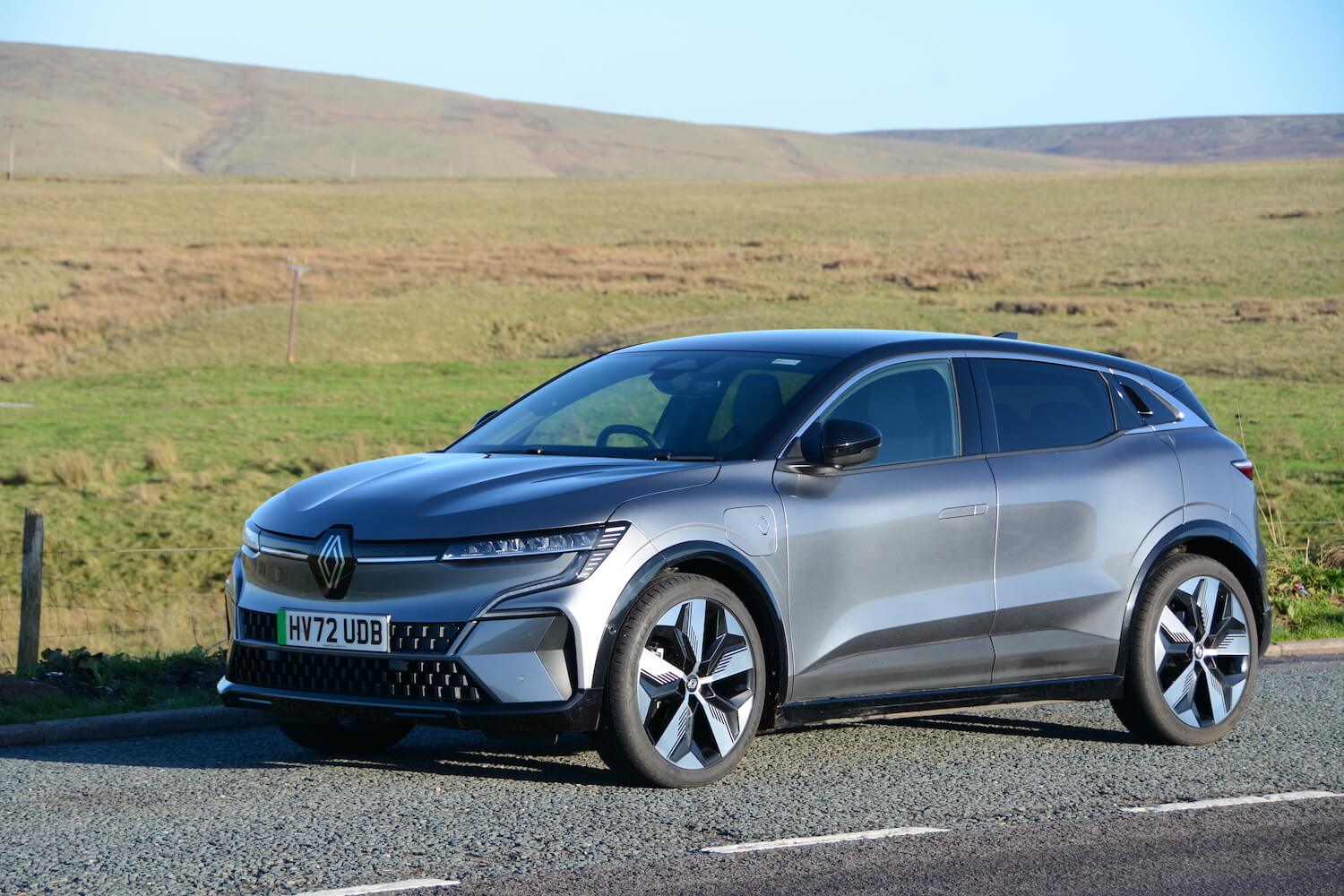With the introduction of numerous new models and brands, the electric vehicle segment has become one of the most exciting and fast-growing areas of the modern car market.
In terms of reliability, electric cars fall into the mid-range. Models featured in this year’s chart had an average reliability score of 87.7%, down from 90.7% the previous year. Electric SUVs performed slightly better, with a current average of 89.3%.
Interestingly, the most frequent issues with electric vehicles are not related to their motors or battery systems. Instead, they involve minor electrical faults that also occur in hybrid and petrol-powered counterparts of the same or similar models.
1. Mini Electric (2020–2024)
The Mini Electric has proven to be a standout performer in reliability. With a reliability rating of 98.4%, it easily surpasses rivals like the Peugeot e-208 and Vauxhall Corsa Electric. Only 5% of surveyed owners reported problems, primarily involving the motor electrics (3%) or the 12-volt battery (2%).
Despite some repairs taking up to a week, all cars remained drivable, and no repair costs were incurred by owners. The Mini Electric is praised for being luxurious, well-equipped, and fun to drive, although its limited official range of 145 miles—dropping to around 124 miles in real-world use—may not suit everyone.
It’s only available as a three-door model, making rear-seat access more challenging. Nevertheless, its solid reliability makes it one of the most dependable electric options on the market. One owner remarked, “Faultlessly reliable and I love the quality feel of its interior.”
The Mini Electric lineup blends the brand’s classic design with modern electric technology. The latest generation, known as the J01 series, includes the Mini Cooper Electric, which comes in two variants: the Cooper E and Cooper SE.
The Cooper E features a 135 kW (184 hp) motor with a 40.7 kWh battery, offering a WLTP range of about 293–305 km and a 0–100 km/h time of 7.3 seconds.
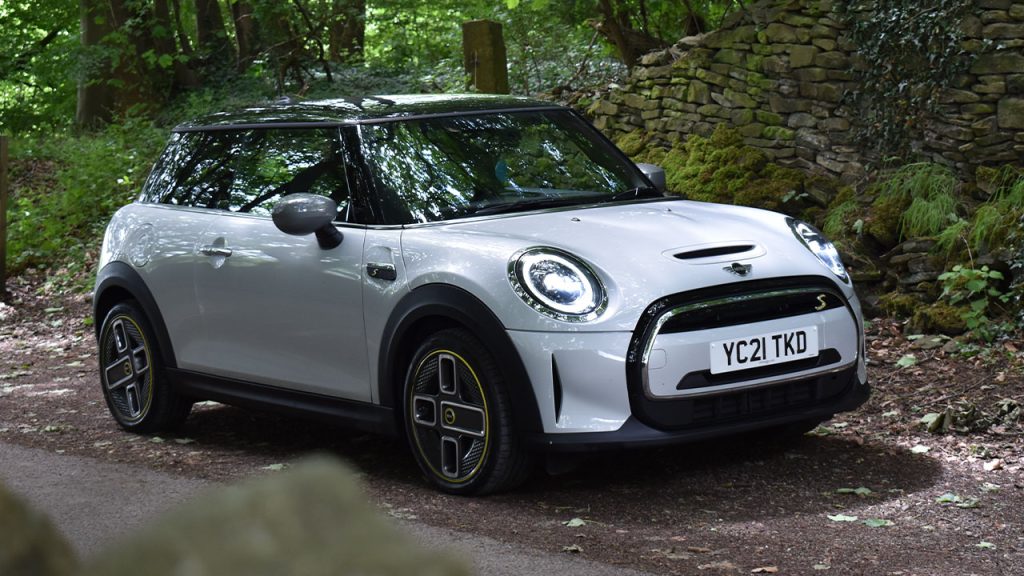
The more powerful Cooper SE includes a 160 kW (218 hp) motor, a larger 54.2 kWh battery, and an extended range of up to 402 km, accelerating from 0–100 km/h in 6.7 seconds. Both models showcase a redesigned interior, including a circular OLED touchscreen and customizable driving modes.
A new addition to the lineup is the Mini Aceman, a compact crossover positioned between the Cooper and the Countryman. It delivers up to 218 hp and uses the same 54.2 kWh battery as the Cooper SE, with a range of approximately 231–251 miles (WLTP).
It also features a 9.4-inch circular OLED infotainment system, voice control, and advanced safety technology. The Aceman combines the agility of a small car with added practicality.
For those seeking more space and all-wheel drive, the Mini Countryman SE ALL4 serves as the electric compact SUV in the range.
It boasts 241 hp, offers an EPA-estimated range of 212 miles, and accelerates from 0–60 mph in just 5.4 seconds. DC fast charging enables 10% to 80% in around 30 minutes. The new Countryman also offers up to 25% more cargo space than before.
Mini Electric vehicles support a range of charging options, from standard home outlets to high-speed public DC chargers. All models come with an 8-year/100,000-mile battery warranty.
2. Nissan Leaf (2019–present)
The Nissan Leaf also ranks highly in reliability, earning a score of 95.6%. It is a well-equipped electric vehicle that is affordable on the used market, enjoyable to drive, and easy to own.
However, it falls short in comfort and practicality compared to competitors such as the Volkswagen ID 3. In the survey, only 11% of Leaf owners reported issues, mostly related to the brakes, interior trim, or non-motor electrical components.
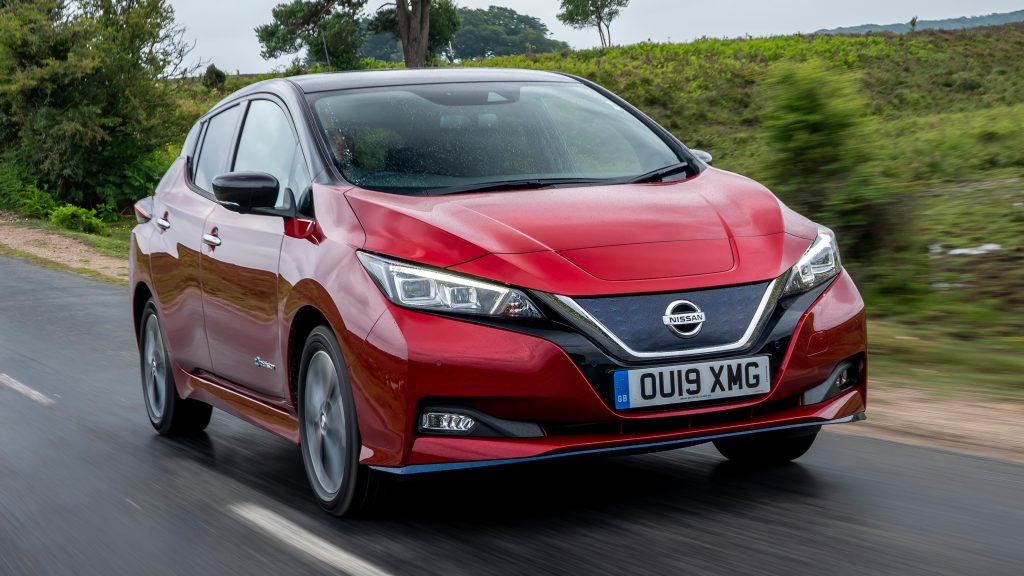
These faults did not result in any breakdowns, and 60% were repaired in a day or less. Repair costs were covered by Nissan in 60% of cases, but the remaining 40% of owners paid between £301 and £1000.
Despite these mixed repair costs, the Leaf remains a strong choice for buyers seeking a reliable electric car.
As electric vehicles continue to evolve, tracking reliability remains key for consumers seeking dependable options in this fast-changing market.
3. BMW i4 (2021–present)
The BMW i4 is an excellent option for those who want to switch to electric driving without drawing too much attention. Essentially, it’s the electric version of the BMW 4 Series Gran Coupé.
Since the 4 Series—and its closely related sibling, the BMW 3 Series—are considered benchmarks in their respective segments, the i4 builds on a very strong foundation. In terms of reliability, 27% of owners reported faults with their vehicles.
However, all repairs were carried out free of charge, and 56% of the affected cars were fixed within a day. Most issues were relatively minor, often involving interior trim.
There were also some problems with the air conditioning and the drive battery or charging system. Overall, the BMW i4 earned a reliability rating of 95.5%, with the most common faults being bodywork (9%), non-motor electrics (9%), and battery/charging issues (6%).
The average repair cost was £0, and typical downtime was either one day or less (56%) or more than a week (44%).
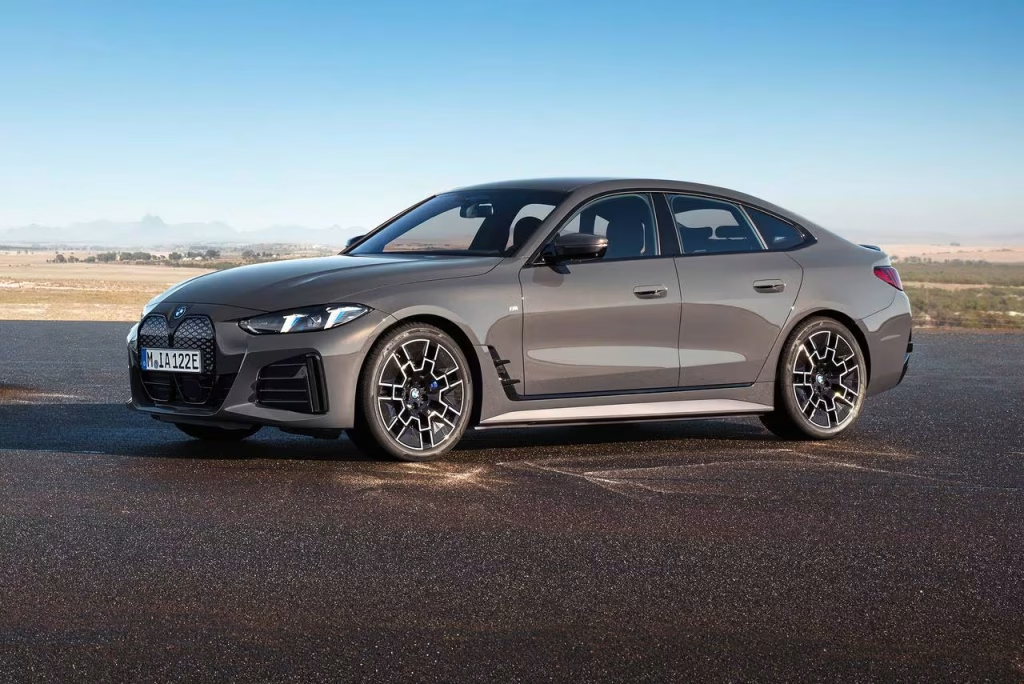
The BMW i4 feels like a 4 Series that has been transported from a decade into the future. While it shares a closely related silhouette with its combustion-engine counterpart, it is powered entirely by electricity and features a slightly more assertive design along with a more sophisticated interior.
One thing’s for sure—it won’t go unnoticed. BMW has equipped the i4 with the large kidney grille from the 4 Series Gran Coupe, the model upon which it is based.
Inside the cabin, the i4 boasts a premium finish in line with other BMW offerings. It feels noticeably more upscale than a Tesla Model 3 and holds its own against the Polestar 2.
The base models are fitted with cloth seat trim as standard, though leather upholstery is available for those seeking a more luxurious touch.
No matter the trim, the interior is solidly built and thoughtfully designed. The true highlight, however, is the infotainment system.
It features a striking curved display that integrates a 12.3-inch digital instrument cluster with a 14.9-inch infotainment screen in one streamlined unit.
In terms of dimensions, the i4 is 6mm taller than the 4 Series Gran Coupe and sits 15mm lower to the ground, though otherwise, the design remains largely unchanged.
Rear space may be a bit tight for taller passengers due to the sloping roofline, although knee room is adequate.
Because the i4 is based on a traditional internal combustion platform, the rear footwell does not have a completely flat floor, making it a squeeze for three adults to sit comfortably in the back. That said, the door openings are generously sized, and overall comfort is commendable.
The boot offers good practicality, with a hatchback tailgate that opens wide to reveal a spacious cargo area. The rear seats can also be folded down, creating a flat load floor and adding to the i4’s versatility.
Also Read: 5 Cars With the Best Engine Cooling Systems and 5 Prone to Overheating
3. Renault Megane E-Tech (2022–present)
The Renault Megane E-Tech may have a familiar name, but it differs significantly from previous Megane models. It’s a hatchback, but its bold, SUV-inspired styling sets it apart.
Despite its chunky looks, it doesn’t sit high like a traditional SUV, and is more comparable in size and style to the MG4. Key strengths include a comfortable ride, quiet and refined motorway performance, and a competitive driving range.
Reliability has also been strong so far, with only 14% of owners experiencing problems. These were mostly related to the electrics, interior trim, infotainment system, and suspension.
No vehicles were rendered undriveable, and all issues were resolved in under a week, with 25% being fixed in a day or less. Renault covered all repair costs.
The model achieved a reliability rating of 95.5%, with the most common faults affecting interior trim (7%), non-motor electrics (7%), the sat-nav/infotainment system (7%), and suspension (7%). The average cost of repairs was £0, and time off the road ranged from one day or less (25%) to one day to a week (75%).
When the all-electric Renault Mégane made its debut in 2022, it represented a dramatic departure from the vehicles that had come before it in the model’s history.
This was a five-door hatchback, designed by Gilles Vidal to resemble a concept SUV, powered exclusively by electricity, and sharing virtually no mechanical components with previous iterations.
Furthermore, it marked the beginning of a new design language for Renault’s lineup—one that has since been adopted by other models like the Scenic, Symbioz, and Captur.
However, the Mégane had certain shortcomings that prevented it from fully competing with established rivals like the Cupra Born, Kia Niro EV, and MG 4—all of which have seen updates to enhance their efficiency and keep them competitive in the market.
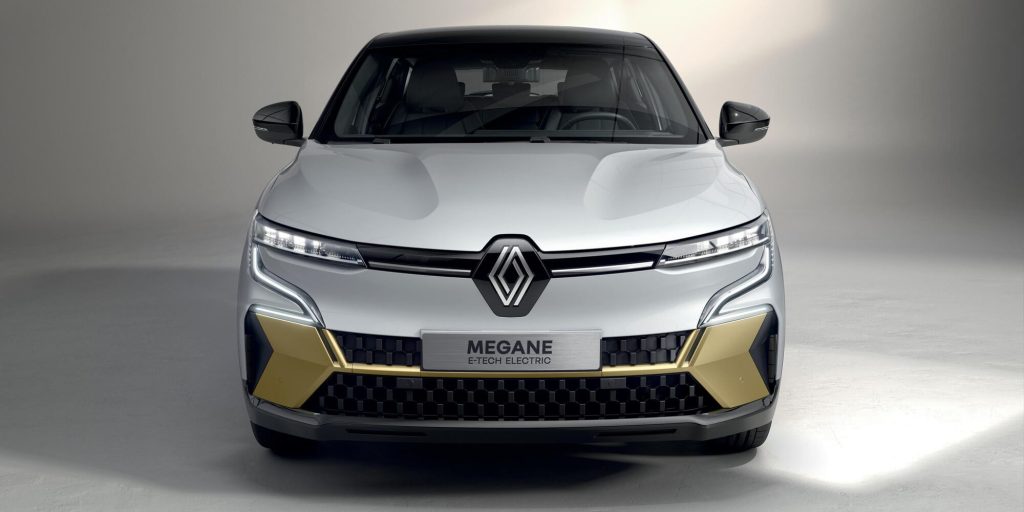
Although the Mégane easily stood out in terms of visual appeal and kerbside presence compared to those competitors, its mediocre efficiency and range, limited rearward visibility, and some aspects of its driving dynamics made it fall short in its segment.
In response, Renault has rolled out a series of updates for 2024 aimed at addressing these issues.
Among the changes is a reduction in price, the standard inclusion of a heat pump in all models—which Renault claims improves range by up to 9%—and the replacement of the previous 9.0-inch infotainment screen with a new 12.0-inch version.
Additionally, all variants now come equipped with ‘contextual’ adaptive cruise control, which can adjust speed based on upcoming sharp curves or roundabouts. The question now is: how do these new features perform in real-world conditions?
5. Volkswagen e-Up (2013–2023)
The Volkswagen e-Up is a small electric vehicle based on the Volkswagen Up city car. It’s compact and easy to maneuver in urban settings, yet surprisingly refined on the motorway.
Although its official range of 161 miles is lower than that of many larger EVs, it still surpasses that of rivals like the Mini Electric and Honda E. In terms of reliability, 13% of owners reported issues, with the most common being related to the air conditioning, the 12-volt battery, and non-motor electrical components.
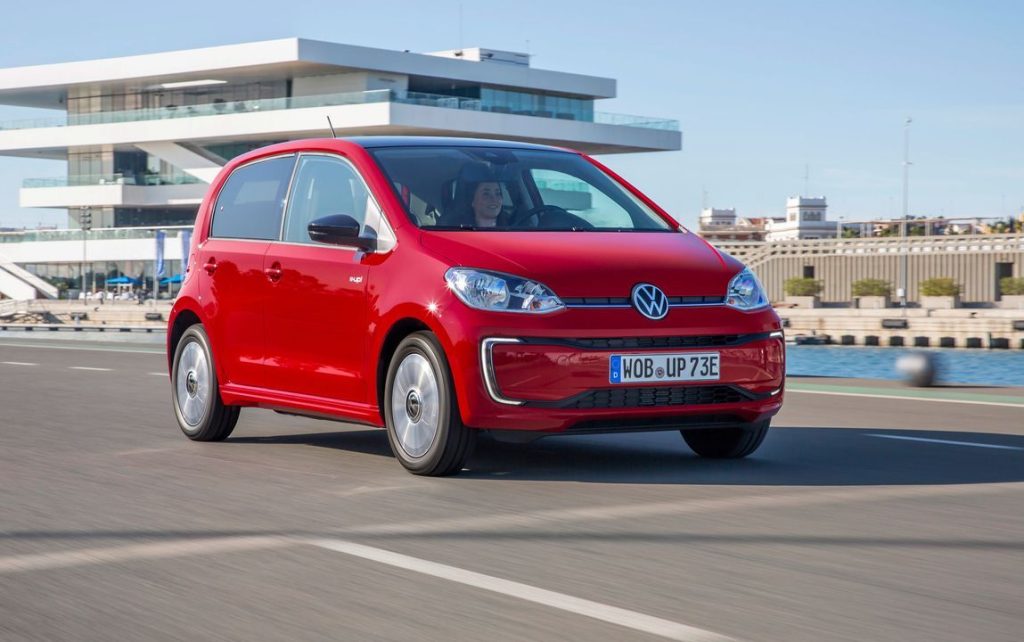
The main drawback was the length of time required for repairs—two-thirds of the affected cars spent more than a week in the workshop. However, Volkswagen paid for all repair work, easing the burden for owners.
The e-Up received a reliability rating of 94.6%. Its most frequent faults were air-con (6%), 12-volt battery (6%), and non-motor electrics (6%). Average repair costs were £0, with downtime split between one day or less (33%) and more than a week (67%).
Cars With Unreliable Battery Packs
As electric vehicles (EVs) continue to rise in popularity, one critical component has become the focus of increasing scrutiny: the battery pack.
While many EVs promise long-range capabilities and minimal maintenance, not all live up to the hype—especially when it comes to battery reliability.
From unexpected degradation to costly replacements, some models have left drivers frustrated and financially burdened. In this article, we’ll take a closer look at cars with the most unreliable battery packs, examining what went wrong and what potential buyers should watch out for.
1. MG4 EV (2022–present)
The MG4 EV is a strong value option in the electric vehicle market, offering a price point that undercuts many petrol and hybrid alternatives. It also provides a competitive driving range, respectable charging speeds, spacious rear seating, and a generous list of standard features.
However, it scored poorly in the latest reliability survey, finishing at the bottom of its class. With problems reported in nearly all fault categories, 30% of MG4 owners experienced issues.
The most common faults included non-motor electrics (15%), interior trim (9%), bodywork (7%), motor (7%), sat-nav/infotainment system (7%), battery/charging system (4%), gearbox or clutch (4%), motor electrics (4%), and smaller percentages for the air conditioning, brakes, steering, and suspension (each at 2%).
Repair costs varied significantly. MG covered repairs in only 55% of cases, and 39% of owners faced bills between £1000 and more than £1500.
Additionally, repair times were often long, with only 16% of affected vehicles fixed within a week, while 68% took more than a week to return to the road. One owner expressed frustration, stating, “The charging socket on my brand new MG 4 broke after just 10 weeks of ownership.”
MG pulled off an impressive feat with the MG4, a car that defies expectations much like the determined underdog in a boxing movie.
It delivers performance well beyond its price bracket, making it a more affordable option than rivals like the Renault Megane E-Tech and Cupra Born, while being similarly priced to smaller models such as the Vauxhall Corsa Electric and Fiat 500e.
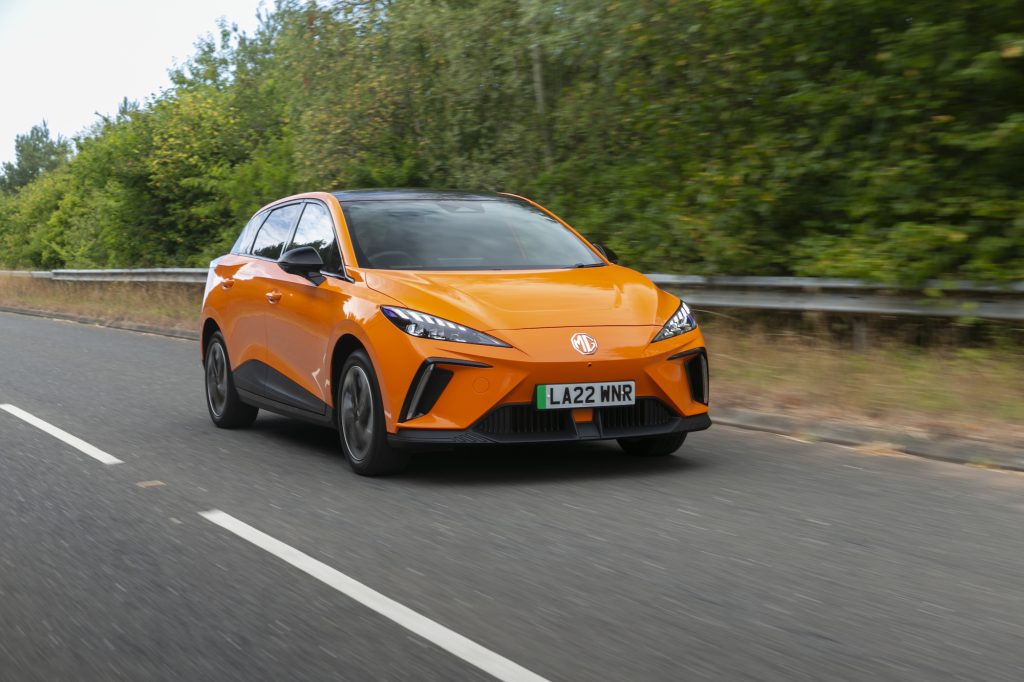
It would be easy to assume that MG cut corners in engineering the MG4 to keep costs down, but that’s far from the case.
Its design is a bold blend of sharp creases, angular details, and standout elements like the lower body cladding and split roof spoiler. The MG4 manages to stand out not just among its competitors, but even within MG’s own lineup, such as the MG S5 and MG HS.
In terms of performance and practicality, the MG4 EV offers a range between 218 and 331 miles, with efficiencies of 3.6 to 3.8 miles per kWh depending on the model. Battery options include 51kWh, 62kWh, and 74kWh units, with maximum charging speeds of 150kW.
Charging from 10–100% on a 7kW AC charger takes between 6 hours 12 minutes and 9 hours, depending on the battery size. DC fast charging to 80% takes 35–39 minutes. The charging port is located at the left rear, and power outputs vary between 170hp, 204hp, and 245hp.
While the interior design is more subdued compared to the exterior, with a dashboard layout so minimal it borders on dull, the material quality, finish, and standard features surpass expectations for a car at this price. A
10.25-inch infotainment display comes standard across all trims, featuring Apple CarPlay and Android Auto. However, MG’s native software feels basic and isn’t the most user-friendly—particularly while driving, due to the abundance of nested menus.
Cabin space is another strength, offering ample adjustability for the driver and generous head and legroom in the back for taller passengers.
It does get a bit tight with three adults in the rear, though. The 363-litre boot is practical, though it falls short of the Volkswagen ID.3 and Renault Megane E-Tech in terms of cargo space.
Battery choices span from entry-level models offering 218 miles of range to the Trophy Extended Range model claiming 323 miles. The high-performance MG4 XPower, which is reviewed separately, offers increased power but a slightly reduced 239-mile range.
2. Vauxhall Corsa Electric (2019–present)
The Vauxhall Corsa Electric is the battery-powered version of the well-known Corsa hatchback. It’s a solid electric vehicle and stands as a worthy competitor to models such as the Renault Zoe and Mini Electric.
It delivers a competitive range, though it lags behind rivals in handling, overall refinement, and interior build quality. Reliability has also been a weak point, with the electric version proving more prone to issues than its petrol counterpart.
According to the latest data, 25% of Corsa Electric owners encountered problems with their vehicles. These were most often related to the air conditioning, the EV battery pack, and non-motor electrics (each reported by 13% of owners).

Additional issues included the 12-volt battery, motor electrics, and the sat-nav/infotainment system (each at 8%). Repair costs were moderate—61% of owners didn’t pay anything, while 28% reported bills ranging from £301 to £1000.
Downtime was a concern, with 50% of affected cars spending more than a week off the road, and only 11% being repaired in a single day or less.
Also Read: 10 Vehicles That Don’t Let You Disable Auto Stop-Start
3. Porsche Taycan (2019–present)
The Porsche Taycan offers impressive performance, precise handling, and a luxurious, practical interior across all its variants. In many ways, it ranks among the best electric cars available.
However, owners have reported more reliability issues than expected for a car of its class and price point. In total, 58% of surveyed Taycan owners experienced problems.
The most common issues were with the air conditioning (36%), bodywork (12%), and several electrical systems including the EV battery pack, motor electrics, non-motor electrics, and infotainment system (each at 6%).
The process of getting faults repaired was not always quick—56% of owners reported that their Taycans were off the road for more than a week, and 38% for one day to a week.
On the bright side, Porsche paid for repairs in 97% of cases, with just 3% of owners receiving bills between £1000 and £1500.
While many electric sedans can impress with blistering straight-line speed, the 2025 Porsche Taycan stands out by combining that exhilarating acceleration with the precise handling of a true sports car. That’s exactly why it remains a favorite among the Car and Driver team.

For 2025, the most powerful Taycan variant boasts up to 1019 horsepower, making it an even more thrilling machine. Its four-door design allows you to bring friends along for the adventure, though they’ll need to travel light—the rear seat is tight, and cargo space is limited.
Inside the cabin, a collection of digital displays dominates the dashboard, offering both driver and front passenger quick and convenient access to key information. These include reconfigurable digital gauges and an infotainment system that’s relatively straightforward to operate.
The overall interior vibe can range from minimalistic to highly luxurious, depending on how the vehicle is optioned, with an almost limitless range of customization choices available to suit different tastes.
Of course, all this performance and prestige comes at a cost typical of the Porsche brand. The Taycan carries a higher price tag than its rivals, including the Lucid Air and the Tesla Model S.
While those competitors offer more spacious interiors, greater practicality, and longer driving ranges, they don’t match the pure driving enjoyment the Taycan delivers on a winding road. For that reason, we believe the Taycan is worth both the price and the sacrifices.
4. Tesla Model S (2012–present)
The Tesla Model S helped define the modern premium electric vehicle segment with its cutting-edge technology, long range, and impressive performance.
However, despite continuous updates over the years, it has struggled with reliability. Common issues include problems with the air suspension, door handles, infotainment screen failures, and electrical gremlins.
Owners have also reported inconsistent build quality and problems with interior trim. Repair costs are often covered under warranty, but parts availability and service delays have caused frustration, with some vehicles being off the road for extended periods.
The Tesla Model S, which debuted in the 2013 model year, continues into 2025, more than a decade after its groundbreaking introduction.
Once a revolutionary vehicle that set a new standard for electric sedans, the Model S is beginning to show its age. Its primary competitors for the 2025 model year include the Porsche Taycan, BMW i7, and Lucid Air.
While Tesla doesn’t follow the typical automaker strategy of yearly updates, few if any mechanical changes are expected for 2025. The last major hardware refresh occurred in 2022, though Tesla continues to improve the car’s digital features through over-the-air software updates.
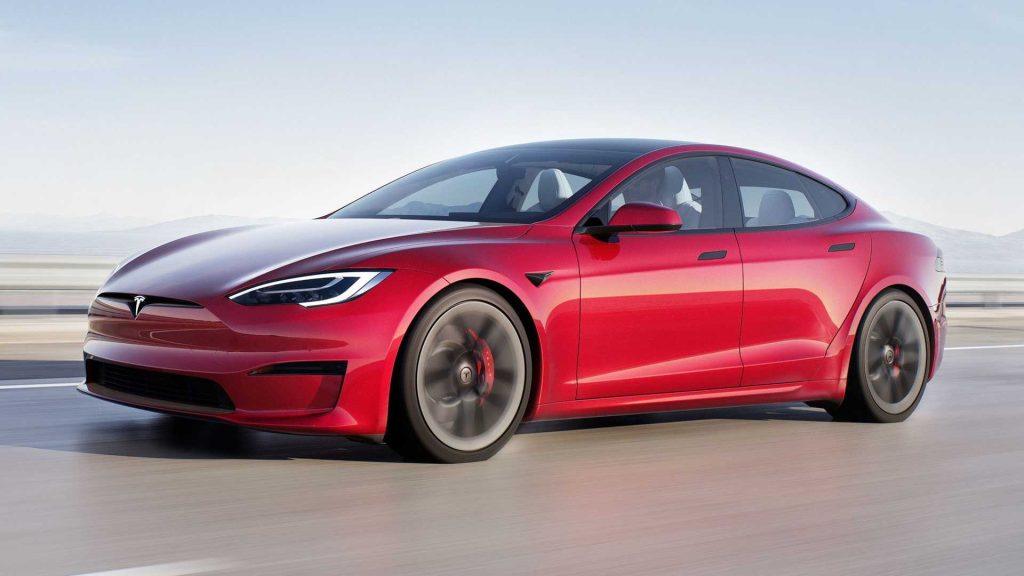
Once considered the gold standard among luxury EVs, the Model S has since been outpaced by newer rivals.
Even with incremental updates over time, the vehicle’s age is hard to ignore. While the Model S still performs decently behind the wheel, its driving dynamics don’t particularly stand out.
The interior materials feel cheap for a car positioned in the luxury segment, and Tesla’s design approach—which places nearly all controls in the center touchscreen—is not user-friendly.
The cabin of the recently updated Model 3 even feels more refined by comparison. Whether judged on performance, comfort, or ease of use, the Model S is now surpassed by the competition.
Despite this, the Model S still has several strengths. Its sleek hatchback design offers greater practicality than traditional sedans, and it continues to boast a long driving range.
Tesla’s widespread Supercharger network remains a significant advantage for road-trip convenience. The Model S also delivers thrilling acceleration, but even that can’t mask the need for Tesla to seriously overhaul its flagship sedan to keep it competitive.
Performance-wise, the standard Model S features a dual-motor all-wheel-drive electric powertrain that produces 670 horsepower. Tesla claims it can accelerate from 0 to 60 mph in just 3.1 seconds. All Model S variants include a 100-kWh battery pack.
The Standard Range version is EPA-rated for 402 miles with the 19-inch wheels and 380 miles with the optional 21-inch wheels. The vehicle supports a maximum charging speed of 250 kW, which is still considered fast in today’s EV market.
For those who crave even more power, the Model S Plaid offers extreme performance. It features a three-motor setup—one in front and two in the rear—that combines for a staggering 1,020 horsepower and 1,050 lb-ft of torque.
It also completed the quarter-mile in 9.3 seconds at 154 mph. Remarkably, despite its immense performance, the Plaid still delivers impressive range: 348 miles with 19-inch wheels and 312 miles with 21-inch wheels.
All Model S vehicles come equipped with Autopilot, Tesla’s suite of driver assistance and safety features. However, Autopilot does not make the car fully autonomous.
It includes commonly available features such as automatic emergency braking, automatic high-beams, blind-spot monitoring, lane keep assist, and adaptive cruise control. Tesla also offers an optional Full Self-Driving (FSD) package, which expands the car’s semi-autonomous capabilities.
5. Renault Zoe
The Renault Zoe has been popular in Europe for its compact size, affordability, and city-friendly design. However, its reliability record has been less impressive compared to other electric models.
Common issues reported include problems with the non-motor electrical systems (such as infotainment or driver assistance features), interior trim issues, and faults related to the charging system.
Approximately 25–30% of owners have reported problems, with many cars needing more than a day in the workshop. Some repairs have incurred costs, particularly when the vehicle is out of warranty.
While the Zoe remains an attractive option for budget-conscious buyers and urban drivers, potential owners should be aware of its mixed reliability record and consider extended warranty coverage or thorough pre-purchase inspections when buying used.
Tiny electric vehicles (EVs) have become increasingly popular in recent years. Until recently, Renault held a dominant position in the market for these compact cars, but now it faces competition from the charming Honda e, the Mini Electric, the Fiat 500, as well as the more utilitarian Peugeot e-208 and Vauxhall Corsa-e.
As a result, the landscape has become more complex for what has traditionally been Europe’s best-selling electric car.
The latest version of the Renault Zoe debuted in 2019, and while it didn’t completely overhaul the design of its predecessor, it still brings notable updates.
The exterior of the new Zoe doesn’t stray far from the original, largely because it remains based on the same car first launched in 2012, albeit with more efficient motors and larger batteries over the years.
The most noticeable changes are found in the interior, which was completely revamped for the second-generation Zoe.
The dashboard now features a large portrait touchscreen, and the cabin materials have been upgraded, replacing the old model’s brittle plastics with soft-touch, higher-end finishes.
Additionally, new driver assistance technologies, such as lane departure warning, lane-keeping assist, and blind-spot monitoring, were introduced to help the Zoe feel more comfortable and capable on motorways despite its compact size.
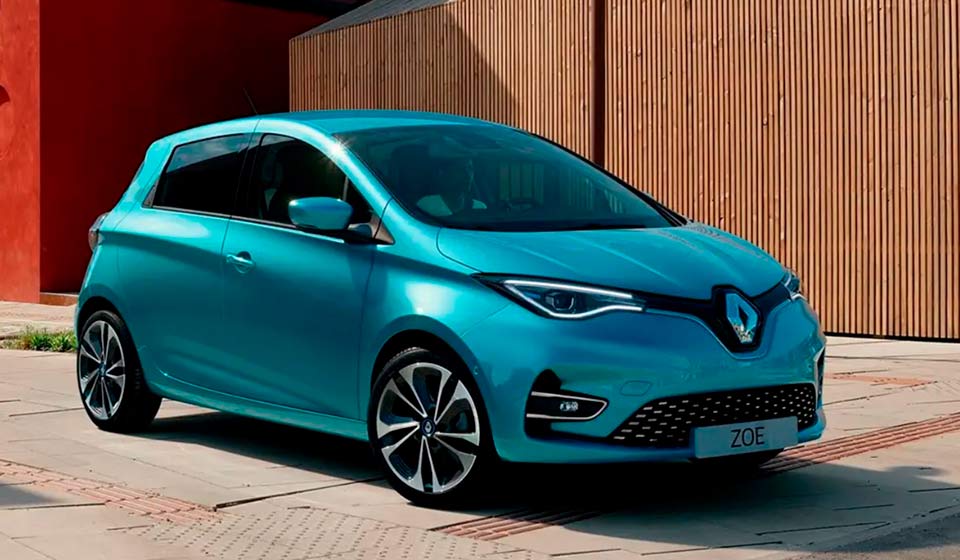
As for power, the Zoe mk2 benefits from a larger battery and the option of a more powerful ‘R135’ motor, both of which help to refine an already solid EV offering. The 52kWh battery replaces the previous 41kWh pack, resulting in up to a third more range.
The Zoe is now capable of a claimed 245 miles between charges, which is significantly more than many of its competitors. The new motor increases the base power output from 109 horsepower to 134 horsepower, putting it on par with rivals like the Honda e and Peugeot/Vauxhall e-208.
This upgrade reduces the 0-62mph time to under 10 seconds, but perhaps more impressively, it improves acceleration from 50 to 75mph by more than two seconds, making the Zoe feel more responsive on the road.
Charging has also been improved. The Zoe now supports DC fast charging at up to 50kW via a CCS port concealed behind the Renault badge.
This feature comes as standard on all models except the base-level Zoe (a decision that raises some questions about why it isn’t standard across all trims). With this capability, a half-hour charge on a 50kW charger can add 90 miles of range. Additionally, a standard 22kW roadside charger will add 78 miles of range in about an hour.
In addition to the standard passenger model, Renault now offers a commercial version of the Zoe, called the Zoe Van E-Tech Electric (a name that certainly rolls off the tongue). However, there is no Renault Sport version of the Zoe, nor will there ever be, as the Alpine brand has taken over that role.
Instead, an Alpine version of the upcoming Renault 5 EV is expected, which will likely replace the Zoe. It’s hard to imagine the Zoe continuing to thrive alongside the retro-styled Renault 5 in showrooms, no matter how updated and stylish the Zoe has become since its 2019 refresh.
Nonetheless, Renault may have a strategy in place to give both cars unique selling points, as small EVs have grown into a significant trend.

